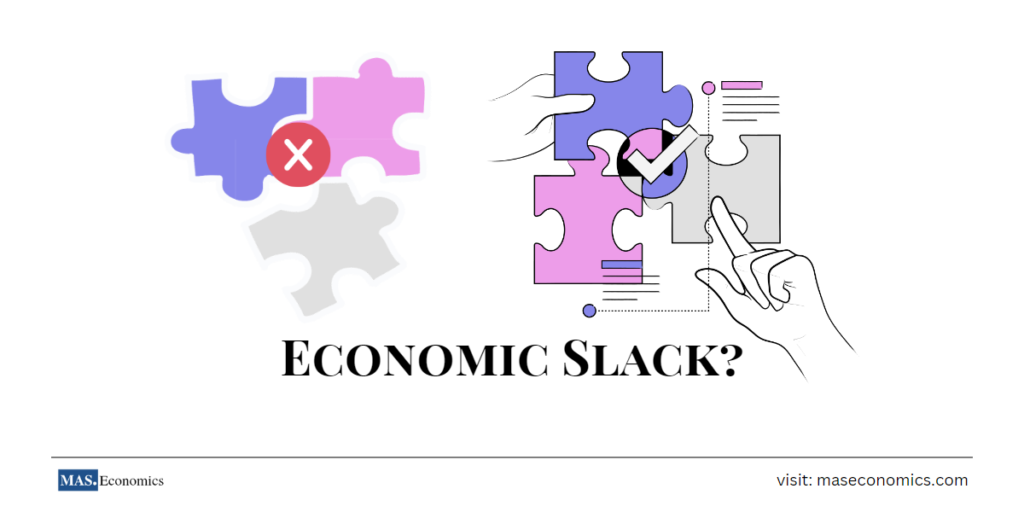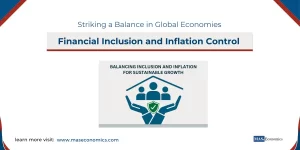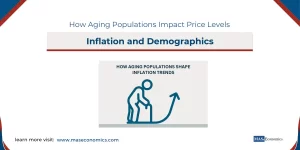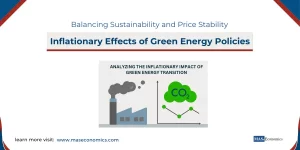Let us explore the concept of economic slack, and how It is measured by looking at the unemployment rate, the non-accelerating inflation rate of unemployment (NAIRU), and the output gap. Knowing how much slack there is in the economy can help economists and policymakers understand how well it is doing and what they need to do to keep it growing.
When economists are looking for insights into what is happening in an economy, one of the most critical indicators they consider is economic slack. This is the amount of unused capacity in an economy, and it can have a significant impact on inflationary pressures and interest rates. But how do we measure economic slack? Let’s take a closer look.
What is Economic Slack?
Economic slack is the difference between what an economy produces and what it can produce, also known as its potential output. When there’s economic slack in an economy, companies have more room to raise wages without increasing prices. This provides a buffer against inflationary pressures, allowing central banks to maintain interest rates or even introduce necessary stimulus measures.
Measuring economic slack can be challenging because the potential output cannot be measured directly, and different estimates result in different outcomes. Nevertheless, it can be a valuable tool when looking at an economy’s current and future state.
Policymakers need to understand the concept of economic slack so they can make good decisions with the current and future policies.
While some people believe that economic slack does not predict inflation changes well anymore, recent research suggests otherwise.
Let us explore different measures of economic slack
Measuring Economic Slack
There are several ways to measure economic slack, including unemployment, labor underutilization, capacity utilization, etc. Each method has its advantages and disadvantages when it comes to predicting inflation changes. For example, one measure may be more accurate in predicting short-term changes, while another measure may be more accurate in predicting long-term changes. Therefore, in order to get the most accurate picture of future inflation trends, it is essential to take into account multiple measures of economic slack.
The Unemployment Gap
The unemployment gap measures the difference between the actual and natural unemployment rates (the rate at which there is neither inflation nor deflation). This gap provides valuable information about how much “slack” there is in the economy at any given time. A large gap indicates that there are more unemployed people than would typically be expected for a healthy economy; thus, wage growth will likely remain low as employers do not need to raise wages to attract talent or retain workers.
On the other hand, when this gap is slight (or even negative), it indicates that labor markets are tight—employers must raise wages to attract workers—and this increase in wages leads to higher prices as businesses pass on increased costs to consumers.
Inflation Predictions & Policy Implications
Recent research suggests that when you look at economic slack in combination with other factors like the unemployment gap, you can better understand future inflation changes. This information can help businesses make informed decisions about pricing strategies and inflation targets.
For policymakers, evidence points at which stages of the relationship between unemployment and inflation become more robust predictors of future changes in Inflation are essential to know. This knowledge can help governments adjust fiscal policies such as spending levels or tax rates accordingly so as to promote sustainable growth without stoking excessive inflationary pressures or causing an economic crash due to deflationary pressures caused by too little demand for goods and services from consumers or businesses alike.
Conclusion
To sum up, recent research shows that measuring economic slack in combination with other indicators like the unemployment gap can provide a clearer picture of future inflation trends than measuring economic slack alone could provide previously.
Businesses should use this information when making pricing decisions as well as setting their own internal inflation targets; meanwhile, policymakers should use this new evidence when formulating fiscal policy decisions so as to ensure sustainable economic growth over time without allowing price levels to spiral out of control either too quickly or too slowly for optimal outcomes for all parties involved throughout the entire economy no matter their particular station therein!




